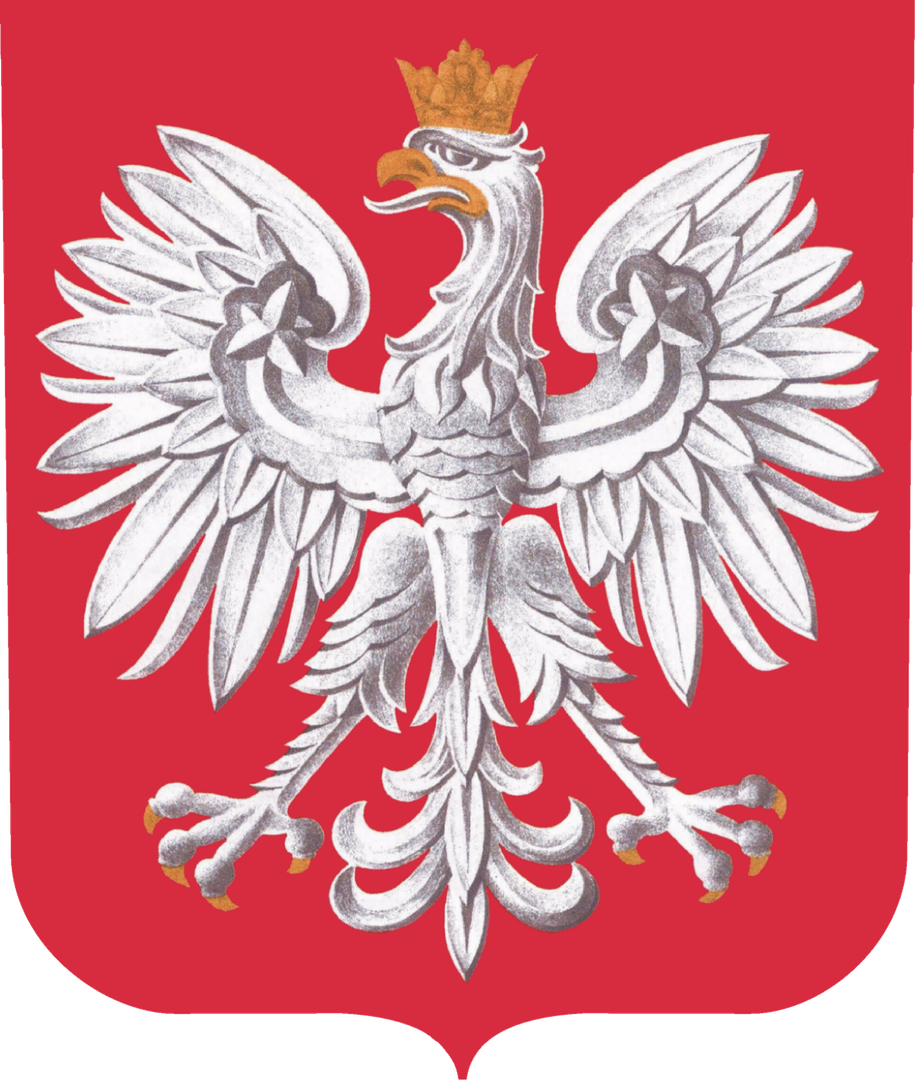Supreme Court
6.67

Overview
The Supreme Court of Poland, established in 1917, is the highest judicial authority overseeing the activities of common and military courts. Its headquarters, located in a modern complex of buildings at pl. Krasińskich 2/4/6 in Warsaw, was opened in 1999 and is adorned with 86 legal maxims in Polish and Latin. This institution operates under the Constitution of the Republic of Poland, exercising judicial authority and safeguarding the rule of law. The Supreme Court is divided into several chambers: the Civil Chamber, Criminal Chamber, Labour and Social Insurance Chamber, Extraordinary Control and Public Affairs Chamber, and the Chamber of Professional Responsibility. Each chamber has specific competences, covering civil, criminal, and disciplinary matters, among others.
The Supreme Court has undergone a series of reforms that have been a source of political controversy, especially after 2017, when legislation altering its structure was passed. The expansion of judges' competences and changes in the selection of representatives raised concerns both domestically and internationally, leading to numerous protests and interventions by the European Commission. Judicial independence and the rule of law became subjects of international scrutiny, impacting the Polish legislative system.
From a historical perspective, the Supreme Court has had various names and functions depending on the political era—initially known as the Royal-Imperial Supreme Court, and after 1919, renamed as the Supreme Court. During the Polish People's Republic, its role was limited, but after 1989, it gained new competences related to cassation appeals. Interestingly, despite controversies surrounding its functioning, the Supreme Court remains a symbol of legal independence in Poland and a venue for key rulings that influence national and international law. In 2018, the extraordinary complaint mechanism was introduced, which also faced criticism from experts who highlighted the risk of legal interpretation abuses.
The Supreme Court not only serves a judicial function but also constitutes a vital element of Poland's legal culture, shaping social relations through the stabilization and enforcement of legal norms. The architecture of its building blends modernity with classical references, underscoring its significance within Poland's landscape of state institutions.
Location
Tickets
Powered by GetYourGuide
2025 Wizytor | All Rights Reserved